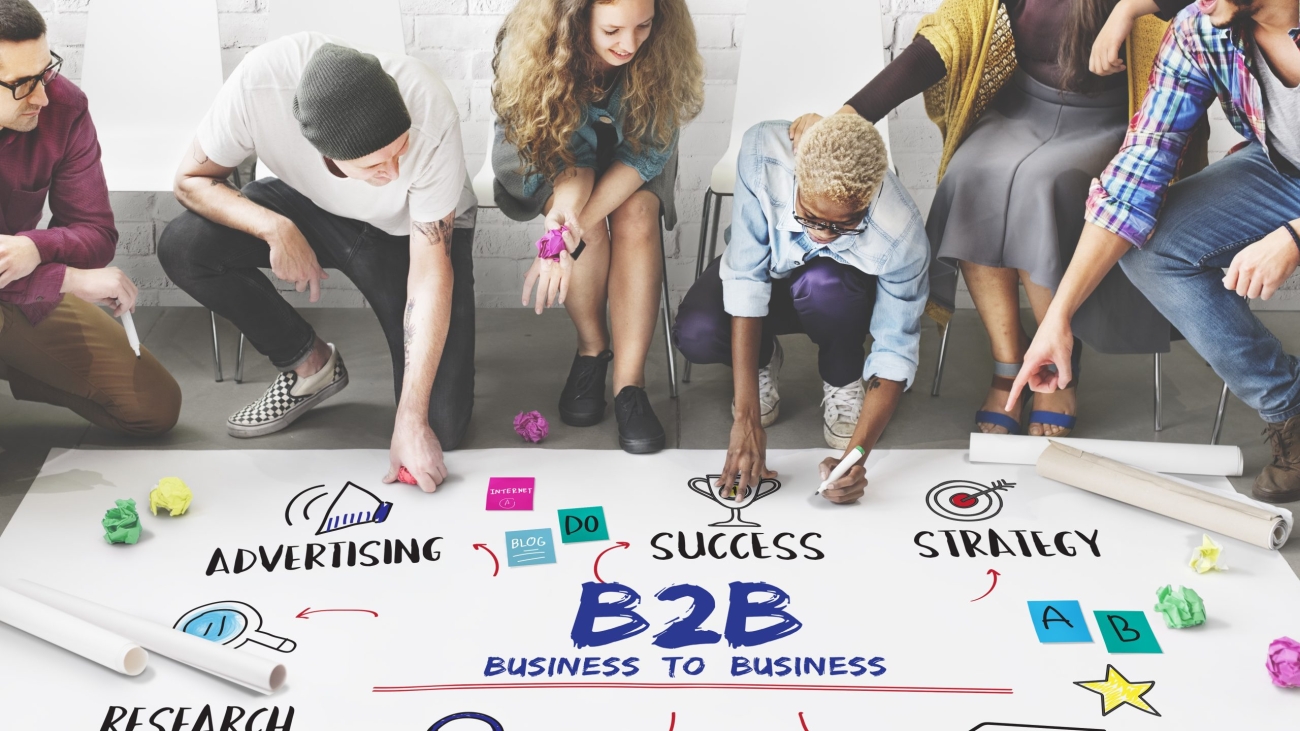Today video content has become the top choice for online engagement. Thanks to fast internet connections, the widespread use of smartphones, and our love for visual stories, people and brands prefer using video. Whether it’s short clips on TikTok or detailed tutorials on YouTube, video contents is reshaping the way we consume information, make buying decisions, and connect with each other.
This article examines what makes video contents so popular and discusses ways to use this trend to create meaningful and viral contents.
The Rise of Video Content
The rise of video content can be attributed to several key factors:
Technological Advancements: High-speed internet and improved mobile devices have made video streaming more accessible than ever. With the advent of 5G technology, buffering issues are becoming a thing of the past, allowing users to enjoy high-quality video content seamlessly.
Social Media Integration: Platforms like Instagram, Facebook, and Twitter have integrated videos capabilities, encouraging users to share and consume video content. The introduction of features like Instagram Stories, Facebook Live, and Twitter Fleets has further fuelled the demand for videos.
Consumer Preferences: Video content is more engaging and memorable than text or static images. According to a study by HubSpot, 54% of consumers prefer to see video content from brands they support, and video posts generate 48% more views compared to other content types.
Algorithmic preference: Social media algorithms prioritize video content, leading to higher visibility and engagement rates. This algorithmic preference incentivizes creators and brands to produce more video content to reach a broader audience.
The Power of Long-Form Videos
While short-form video content has its merits, long-form videos are gaining traction for their ability to provide in-depth information and foster stronger connections with audiences. Platforms like YouTube, IGTV, and even TikTok (with its extended videos length) are witnessing a surge in long-form video content. Here are a few reasons why:
Deeper Engagement: Long-form videos allow creators to delve into complex topics, provide detailed tutorials, and share comprehensive reviews. This depth of content keeps viewers engaged for longer periods, increasing watch time and fostering loyalty.
Authentic Storytelling: Longer videos allow creators to tell authentic stories and build a narrative arc that resonates with viewers. This storytelling approach improves emotional connections and makes the content more relatable and memorable.
Educational Value: Educational content, such as online courses, webinars, and how-to videos, thrives in a long-form format. Viewers seeking to learn new skills or gain knowledge prefer detailed, step-by-step explanations that only long-form videos can provide.
Monetization Opportunities: Long-form videos offer more opportunities for monetization through ads, sponsorships, and product placements. Platforms like YouTube provide revenue-sharing models that reward creators for producing high-quality, engaging content.
Also Read: B2B Social Media in 2025: Key Platforms and Strategies
Creating Viral Video Content
To capitalize on the video content dominance trend, creators and brands must focus on producing videos that have the potential to go viral. Here are some strategies to consider:
Captivating Thumbnails: The thumbnail is the first thing viewers see, so it needs to be eye-catching and relevant to the content. Use bold text, vibrant colors, and intriguing visuals to entice viewers to click.
Compelling Titles: A compelling title that piques curiosity and includes relevant keywords can significantly boost the video’s discoverability. Make sure the title accurately reflects the content while also being intriguing.
Engaging Introductions: The first few seconds of a videos are crucial for capturing viewers’ attention. Start with a hook that promises value, whether it’s a surprising fact, a bold statement, or a teaser of what’s to come.
High-Quality Production: While content quality is paramount, production quality shouldn’t be overlooked. Invest in good lighting, clear audio, and professional editing to ensure your videos look polished and professional.
Storytelling Techniques: Use storytelling techniques to create an emotional connection with your audience. A well-told story can make your content more relatable and memorable, increasing the likelihood of shares and engagement.
Call to Action (CTA): Encourage viewers to take action by including a clear and compelling CTA. Whether it’s subscribing to your channel, sharing the videos, or visiting your website, a strong CTA can drive further engagement.
Leveraging Trends: Stay updated with current trends and incorporate them into your video content. Participating in trending challenges, using popular hashtags, and creating timely content can increase your chances of going viral.
The Future of Video Content
As video content continues to dominate the digital landscape, we can expect several trends to shape its future:
Interactive Videos: Interactive video content, where viewers can make choices and influence the storyline, is gaining popularity. This format provides a more immersive and personalized experience.
Virtual and Augmented Reality: VR and AR technologies are opening new possibilities for video content. These technologies allow creators to produce highly immersive experiences that captivate audiences.
AI-Generated Videos: Artificial intelligence is being used to create video contents, from automated video editing to AI-driven storytelling. This technology has the potential to revolutionize video production by making it more efficient and cost-effective.
Live Streaming: Live streaming continues to grow in popularity, offering real-time interaction and engagement. Platforms like Twitch, YouTube Live, and Facebook Live provide opportunities for creators to connect with their audience in a more personal and immediate way.
Also Read: Top Qualities of a High-performing Marketing Leader
Conclusion
Video content dominance is not just a passing trend; it’s a fundamental shift in how we consume and interact with digital contents. By understanding the factors driving this dominance and implementing strategies to create engaging and viral videos, creators and brands can stay ahead of the curve and harness the full potential of this powerful medium. Whether through long-form videos, live streaming, or innovative technologies, the future of video contents promises to be an exciting and dynamic landscape.










